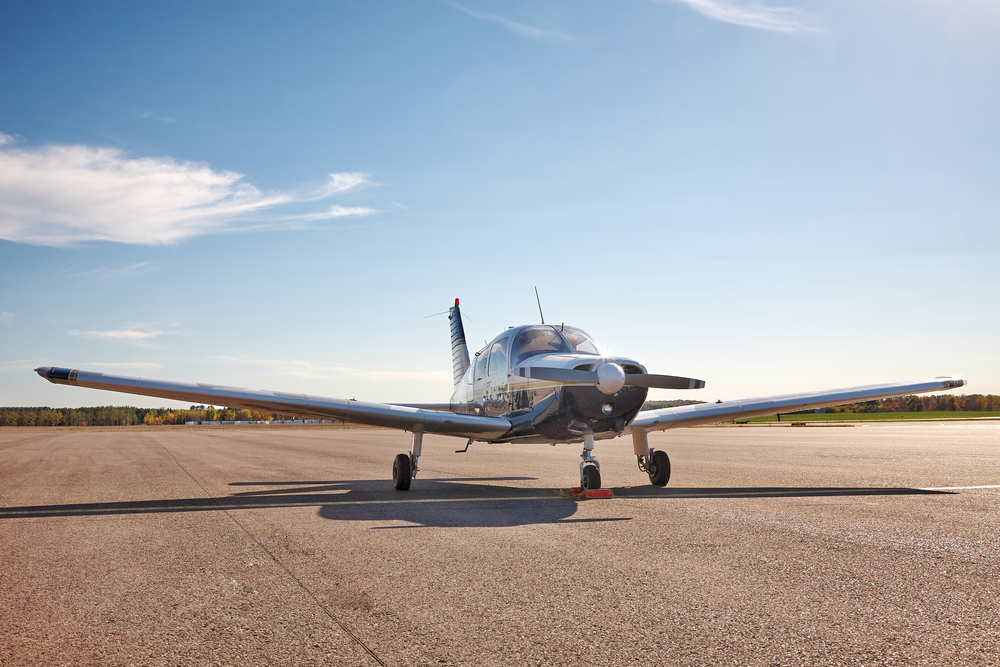Boeing 787
Boeing 787
The Boeing 787, also known as the Dreamliner, is a family of long-haul, wide-bodied, twin-engine jet airliners developed by Boeing Commercial Airplanes.
It is distinguished by its extensive use of composite materials in its airframe. This makes it lighter and more fuel-efficient compared to earlier models.
Development and Concept
The development of the Boeing 787 began in the early 2000s. The aim was to create a more efficient aircraft that consumes less fuel. This was partly in response to rising fuel prices and increasing environmental concerns.
This led to the Dreamliner concept, emphasizing aerodynamic efficiency and cutting-edge technology. The 787 program was officially launched in April 2004, with an initial order from All Nippon Airways (ANA).
Technological Innovations
- Composite Materials: About 50% of the primary structure, including the fuselage and wings, is made of composite materials.
- Advanced Engines: The 787 is powered by either General Electric GEnx or Rolls-Royce Trent 1000 engines.
- Enhanced Aerodynamics: The design includes raked wingtips and an optimized nose shape to reduce drag.
- Electrical Systems: The aircraft uses an advanced electrical system to power many functions traditionally powered by pneumatic systems.
Fuel Efficiency and Environmental Impact
The Boeing 787 is designed to be 20-30% more fuel-efficient than the aircraft it replaces. This is achieved through a combination of factors, such as the use of lightweight composite materials and efficient engines. Reduced fuel consumption translates to lower CO2 emissions, making the 787 more environmentally friendly.
Passenger Comfort
The Dreamliner is designed with passenger comfort in mind. It features larger windows, higher humidity levels, and a lower cabin altitude. These improvements can reduce passenger fatigue on long-haul flights.
The larger windows can be electronically dimmed, giving passengers control over the light levels. The higher humidity levels reduce dryness, a common issue during long flights.
Economic Factors
Carriers benefit from the 787’s fuel efficiency, which lowers operating costs. This can be particularly significant for airlines operating long-haul routes. The aircraft also offers increased cargo capacity compared to older models.
This combination of factors makes the 787 an attractive choice for airlines looking to modernize their fleets while keeping costs under control.
Variants
- 787-8: The original version, seating 242 passengers with a range of 7,355 nautical miles.
- 787-9: A longer version, seating 290 passengers with a range of 7,530 nautical miles.
- 787-10: The longest version, seating 330 passengers with a range of 6,430 nautical miles.
Each variant offers different capacity and range options, allowing airlines to choose the model that best fits their route network.
Assembly
Boeing 787 assembly takes place at Boeing’s Everett factory in Washington and the Boeing South Carolina facility. Pre-manufactured sections from various global suppliers are transported to these locations for final assembly.
Advanced production techniques, including automation and precision tooling, are used to ensure high-quality assembly.
Challenges
The 787 program faced several challenges, including delays and cost overruns. Initial delays were due to supply chain issues and the complexity of integrating new technologies.
Global Impact
The Boeing 787 has had a significant impact on global air travel. Its improved efficiency allows airlines to operate new, long-haul routes that were not economically viable before. This has opened up direct connections between cities that previously required layovers.
Market Competitors
The primary competitor to the Boeing 787 is the Airbus A350. Both aircraft offer similar advantages in terms of fuel efficiency, passenger comfort, and range.
Each has its own strengths and appeal, leading to competitive dynamics in the industry.
